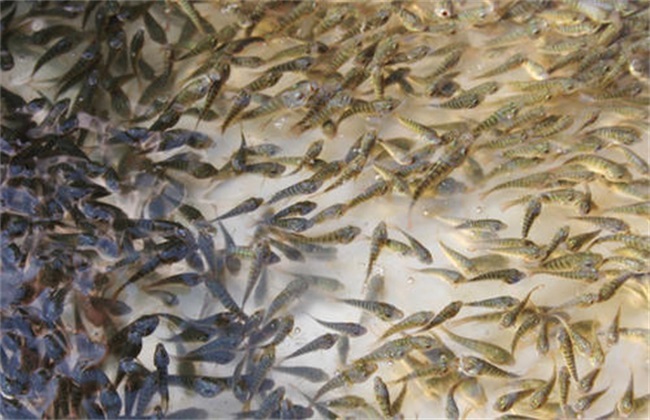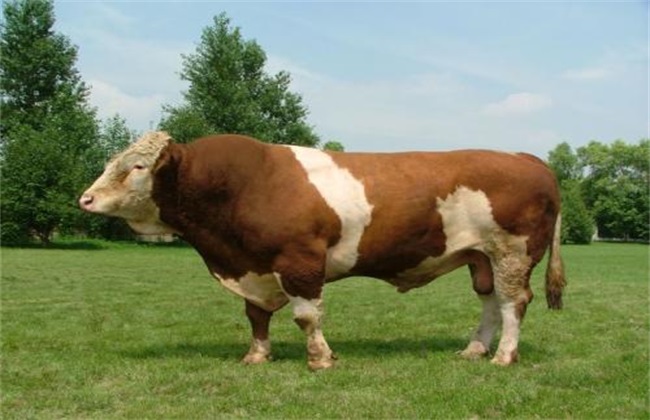What are the common ways of raising chickens
Broiler is one of the most common meat at present, and there are many farmers, which leads to the diversification of its breeding methods. The terrain of our country is more complex, and the people who raise chickens are all over the place, so what are the common ways of raising chickens at present? Let's learn about it together.

1. Cage culture
Caged breeding is generally more suitable for laying hens. Hens are raised separately according to the cage, and the feeder is prepared in the cage. The bottom is relatively tilted, and an egg outlet is reserved. There is a special groove on the outside. After the eggs flow out, it is OK to wait for someone to collect them. This way greatly reduces the egg collection process of laying hens, but also reduces the damage rate of eggs. At present, it is widely received by laying hen farmers, after all, it is OK to collect eggs along the grooves every day. Feeding is also relatively simple and convenient, it has a special feed trough, only need to put feed on it.
2. Shed breeding
The construction of the greenhouse is simple and affordable, and chickens are not easy to destroy, and there are many broilers that can be raised at one time. At present, shed breeding is also loved by many people, especially when there is not enough funds in the early stage, this is the first choice. Simple stick support with plastic sheeting and the like, a few hundred yuan can build a shed out, and the need to change is also more convenient, the area is not large, disassembly and assembly are very convenient. However, this method is generally not recommended if the local temperature is high, because it is not ideal in terms of heat preservation and ventilation.
3. Captive breeding
This can be regarded as the mainstream way of raising chickens at present, and the chicken sheds and chicken farms that we talk about every day basically refer to the form of captivity. The breeding survival rate of captive chickens is higher, followed by security, not easy to be affected by external factors, and the facilities will be more perfect, the fattening effect is more leveraged. However, hygiene and disinfection need to be more frequent, otherwise the incidence of chicken disease is on the high side. Secondly, the price of captive chickens does not go up, taking the route of winning by quantity, generally raising to a certain scale is more cost-effective to use this. If dozens of them are released, it would be nice to keep a chicken coop. There is no need to spend money on renovating the henhouse.
4. Bulk breeding
There is a sudden rise in this form at present, especially in recent years, this model is very popular. Many people are influenced by words such as natural, wild and native chicken, and feel that this is promising and join. Choose a better place, orchards, woodlands, mountains can be considered, and then pull up the net to prevent chickens from running out, set up places for chickens to feed and water in fixed places, and then feed them every day, and let chickens eat on their own at other times. Check the net regularly to see if it is damaged to prevent the farmed chickens from running out.
The above is the common way of raising chickens, you can see which way is suitable for raising chickens in your own place. You can consider suitable breeding methods from the weather, environment, topography and other aspects.
Related
- On the eggshell is a badge full of pride. British Poultry Egg Market and Consumer observation
- British study: 72% of Britons are willing to buy native eggs raised by insects
- Guidelines for friendly egg production revised the increase of space in chicken sheds can not be forced to change feathers and lay eggs.
- Risk of delay in customs clearance Australia suspends lobster exports to China
- Pig semen-the Vector of virus Transmission (4)
- Pig semen-the Vector of virus Transmission (3)
- Five common causes of difficult control of classical swine fever in clinic and their countermeasures
- Foot-and-mouth disease is the most effective way to prevent it!
- PED is the number one killer of piglets and has to be guarded against in autumn and winter.
- What is "yellow fat pig"? Have you ever heard the pig collector talk about "yellow fat pig"?



